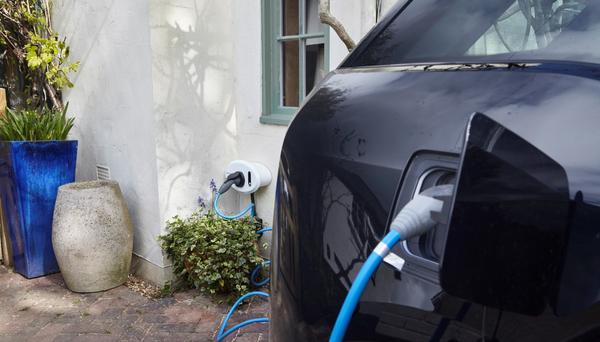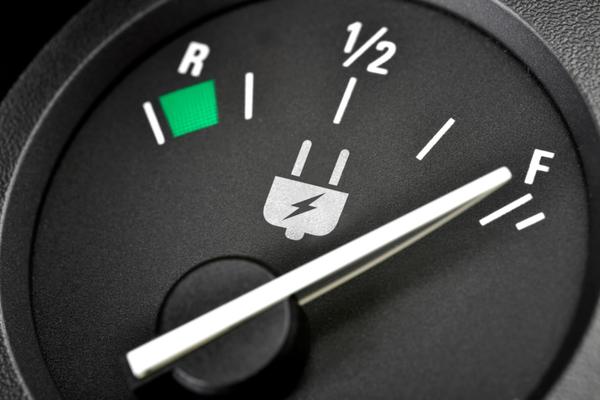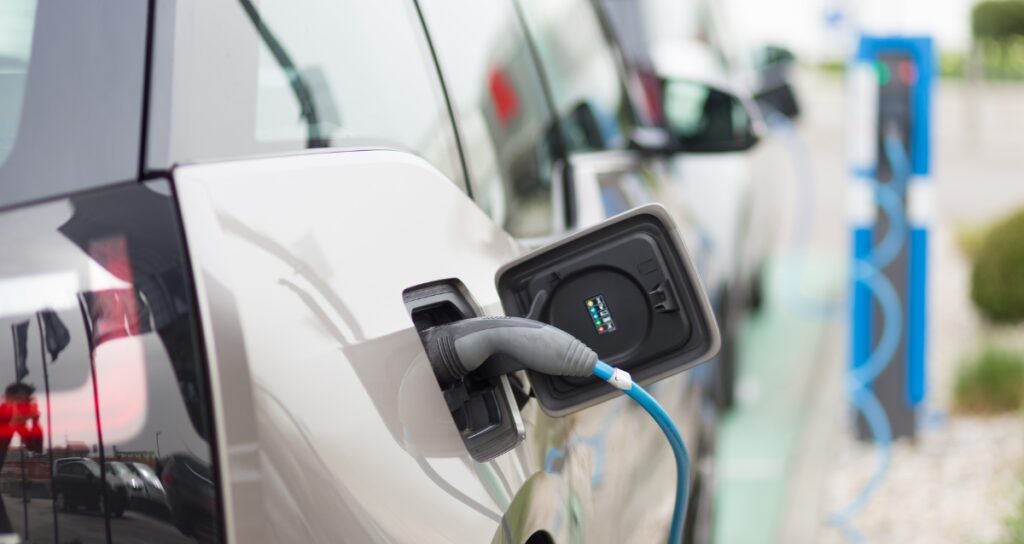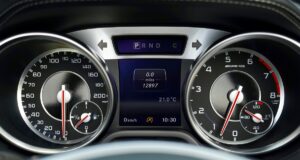Also, if you’ve been driving an electric vehicle for a couple of years and you want to make sure whether everything is operating as it should, frequently testing the condition of your electric vehicle’s battery is vital. There are number of simple and affordable tests that you can conduct at home or during the road for a test drive. When you’re aware of what to test, it’s simple to check an electric vehicle’s battery health, and we’ll discuss a few of the options you have in the present.
What battery is it we’re talking about?
Electric cars come with two batteries:
A standard 12-volt battery which starts the car and provides power to the central locking, interior lights, and other equipment (similar to a diesel or petrol vehicle) A bigger batteries (usually lithium-ion) which is the power source for the motor and drives the wheels of the vehicle. We’ll be discussing the second, bigger battery in this article. You can
find out more about electric car batteries here.
.
What is the state of electric car battery health?
When we speak of the battery health of an electric car in this article and elsewhere, we’re basically discussing the battery’s capacity in comparison to a brand new. This refers to the amount of energy it’s capable to store and how long it will be available for powering the car.
The capacity of batteries is measured in kilowatts (kWh) and is a variable adequate to the dimensions and model of vehicle. Most often, it will fall within the 30 kWh range and upwards for smaller hatchbacks, 60-70kWh for mid-size crossovers, and up to 100kWh or higher for performance and luxury models. Manufacturers typically list an ‘expensive’ figure for how much capacity is in a vehicle’s battery, which is likely to be slightly more than the net or capacity that is usable. In time the battery’s capacity will naturally decrease. It typically only decreases by about one or two percent per year. However, this means that after a couple of years there’s less power available to power the car once it’s fully charged. It’s basically saying that charging your vehicle up to 100 percent will get less miles than a similar battery did a in the past few years. We won’t get into the details of this however the main takeaway is that a battery with a lower capacity typically holds less power. However, that doesn’t mean that older cars aren’t worth considering – every person’s usage and driving habits are different. However, knowing the capacity a battery can hold will benefit you make an educated decision. Find out more about An electric car is charging here And more information about charging a car from home.

How can you check the health of an electric car’s battery
There are numerous alternatives ranging from inexpensive and simple tests to professional tests that take the longest time and are more expensive. In this article, we’ll focus on the tests you could take on your own.
Check the battery’s health with your dashboard monitor
The dashboard on your car’s dashboard offers several ways to monitor the health of your battery in the course of the course of.
Range Estimation
Electric cars typically show an estimated range of driving in the instrument panel. The number is determined by the current battery level of charge and will factor into driving style, climate, and terrain.
One of the most efficient methods to test the battery’s capacity is to charge your car. Then, take it out for a spin and then compare the number of miles you actually drive against the predicted range. A well-maintained battery should offer the range you expect to see, which is pretty close to what’s estimated. The range of the battery is likely to decrease as time passes and you should expect a lower range from a car that’s older; However, if your actual range isn’t as you expected and decreases by a substantial amount, or varies over charges, there may be a problem with your battery. While driving, make use of the air conditioning and heater to check how they impact the amount of range you can get. If you can, try comparing your car’s performance to other models with similar time period by talking to others who own electric cars or visiting forums. This’ll provide you with an idea of what’s standard and what’s not.
State of Charge (SOC) Measurement
Another way to assess the condition of the battery in an electric vehicle is to gauge its state of Charge (SOC), which is the amount of battery charge left on the battery any given time.
You’ll typically observe this on the dashboard or information screen. A State of Charge will give you an idea of the amount of energy left in the battery at any given time. If you’re experiencing a lotchG drop there could be an issue. This is an excellent option to look at while you go on an initial test drive.
Battery Health Indicators
A lot of electric vehicles have an Battery Management System (BMS) that continuously checks how the battery performs. Battery Management Systems grant valuable information about the battery’s temperature, voltage and current, all of which can be tracked over the course of. They can also evaluate the general condition of the battery, and report it back to you.
In addition to these health indicators It is important to take an account of the time the battery is charging and the time it takes to deplete. this will provide you with an understanding of the battery’s condition over time. Pay attention to these figures and check the owner’s manual of your vehicle to know the meaning behind them and if your battery isn’t working correctly.

Diagnostic Scan at Service Centres
For a complete view of the battery health, go to a certified service center. Certified technicians are able to perform diagnostic scans together special equipment to evaluate the battery’s health.
Diagnostic scans may reveal specific information about the battery’s capacity, resistance as well as overall condition. Prices vary, however it could be to be a worthy investment.
Manufacturer’s Software Tools
A variety of manufacturers impart applications for smartphones or software that provide complete information about the health of your battery in your electric vehicle.
There are many apps that require a fee and operate together an OBD2 reader (which we’ll discuss in the next section) that will track and report on advanced battery stats like charging pattern, battery capacity measurements and historical information. The information that the app shares will differ, so you should research the options before you purchase or lease one. There are third-party readers and apps made by companies such as FleetCarma which record the trips you take and track statistics on your car.

Diagnostic tools
There’s also a selection of diagnostic tools to test the battery’s charge, temperature and voltage and determine any issue or damage.
OBD2 scanners and readers
Every car comes with the on-board Diagnostics (OBD) technology Since 1996, automobiles have been using OBD2. OBD2 system to control the functions of your vehicle with sensors. This system utilizes Diagnostic Trouble Codes (DTCs) to let you know what’s wrong with your vehicle and is also utilized to charge car batteries that are powered by electricity.
To interpret these codes, you’ll require an OBD2 scanner or reader. A normal reader will show and read the codes, and then restart the engine check light within the vehicle. Scanners go a more step and add diagnostic tips to help. OBD2 scanners and readers are offered at garages starting at PS50.
Multimeter
Multimeters are multi-purpose instrument that measures the current, voltage as well as resistance. It can be used to identify problems with different components of electric vehicles, including the batteries.
It is necessary to conduct some investigation, and ensure that the multimeter is able to perform circuit and open circuit tests for electric vehicles, and can also make precise temperature measurements. Also, you’ll need to confirm that whether the multimeter is operating at the correct test voltage for the vehicle that you’re testing. It can cost you about a couple hundred pounds to purchase, and isn’t the accurate choice for all people, but they’re an choice for drivers who are invested.
Tester of batteries
Additionally, available for purchase are battery testers developed to evaluate the condition of battery cells in electric vehicles. They test the battery’s level of charge, temperature, and voltage and are able to detect failure or damage.
There’s a range of test instruments available for sale at various prices – all the way to the hundreds. They’re certainly not suitable for most drivers, but may be just what’s needed by collectors and enthusiasts.

Increasing the life of your battery
No matter if you’ve tested the battery or not there are plenty of ways that you could do increase the battery’s life.
Make sure to charge frequently and consistently, making sure that the charge is not over 20 percent and avoiding exceeding 80 percent except for an extended journey. slower charging when you can to generate the least heat and strain on the battery. Avoid extreme temperatures by placing your car in shaded areas during the time that it is hot and ensuring that the vehicle is in a covered area (ideally in garages) in cold weather * Take your time, and avoid vigorous acceleration and brakes as much as you can. Maintain the car’s operating system current and manufacturers frequently issue updates that improve battery performance. vehicle regularly maintained, including the tyres in good condition and regular services scheduled in * Start the vehicle correctly if it’s been out of usage for a long period of time – the ideal is to keep it in a dry, cool place with a battery range between 40 and 60 %













